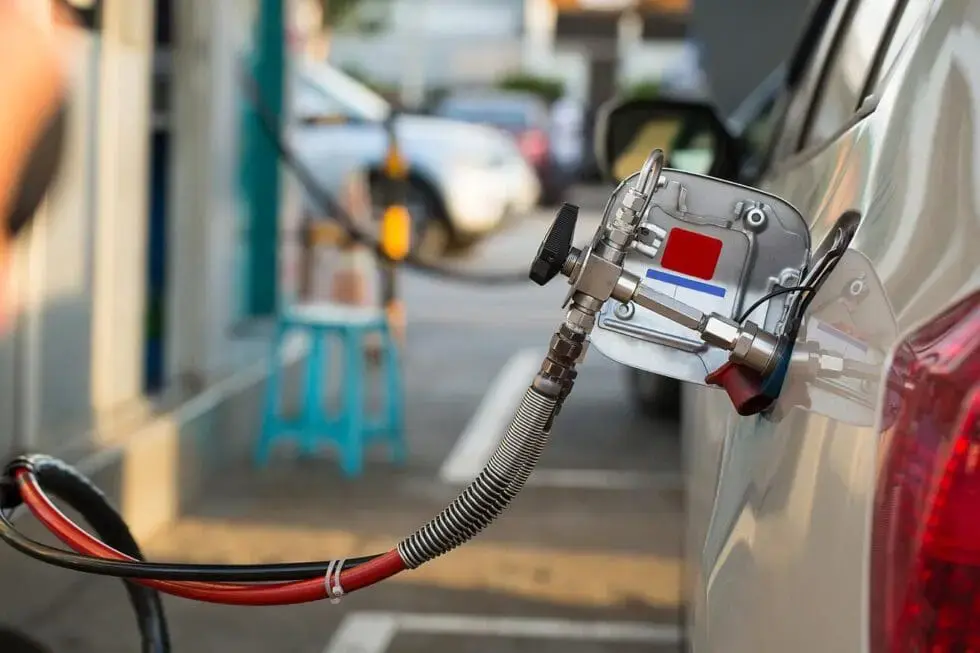Compressed natural gas (CNG) offers an attractive alternative to conventional fuels due to its high energy density and environmental friendliness. With an octane number of about 120 and a combustion heat of 38 to 47 MJ/kg, CNG enables efficient combustion while reducing CO₂ emissions. These characteristics make CNG particularly interesting for vehicle use.
Challenges in CNG Injection
Optimizing the CNG drive requires precise regulation of the injection pressure. CNG is stored in high-pressure tanks at about 200 bar and injected at pressures ranging from 2 to 9 bar depending on engine requirements. Lower pressures are suitable for fuel-efficient driving, while higher pressures provide more power and torque.
Influence of Pressure and Temperature
The efficiency of combustion in the engine cylinder depends heavily on the temperature and pressure of the natural gas. Increasing the pressure at constant volume results in a denser gas with a higher calorific value. However, without precise calibration, performance losses and poor driving behavior can occur.
Injection Technologies for CNG
To ensure efficient fuel combustion, the amount of injected natural gas must always be adjusted to the engine's air demand. The engine control system typically uses an air mass sensor to determine the precise air requirement and subsequently the amount of natural gas to be injected.
Central Injection (CPI)
In central injection, natural gas is injected from a natural gas injector module (Natural Gas Distributor – NGD) into the intake manifold. A mid-pressure sensor measures the pressure and temperature in the injection module, allowing the injection valves to deliver the exact necessary amount of fuel.
Multi-Point Injection (MPI)
Alternatively, injection can be performed without the injection module, with each injector valve assigned to a specific cylinder. In multi-point injection, the gas is injected decentrally at the individual intake manifold ends before the cylinder inlet valves.
Optimization of Rail Pressure
For system optimization, it is essential to measure the internal rail pressure accurately during design and testing phases at various throttle positions, correlating the data with torque and exhaust emissions. High-quality pressure sensors are therefore indispensable to provide accurate readings over a wide pressure range and maintain their integrity at elevated temperatures.
Conclusion
Precise pressure measurement plays a crucial role in harnessing the full potential of compressed natural gas as a fuel. The use of high-quality sensors can optimize performance, efficiency, and environmental friendliness of CNG vehicles.
Looking for a custom solution? Contact us now:
Submit InquiryInquiry Form
